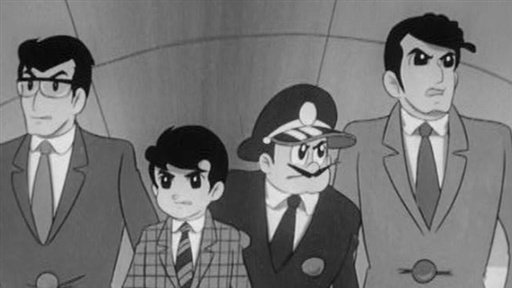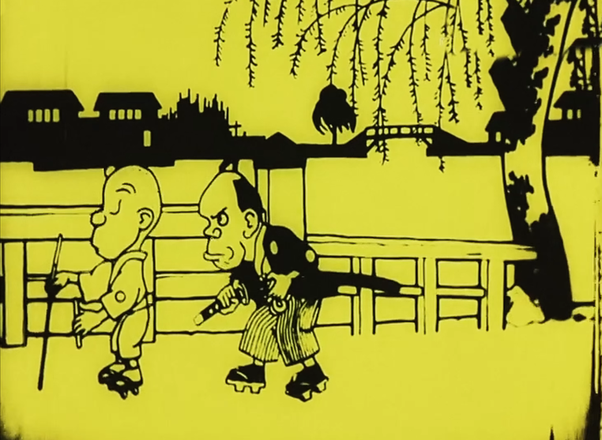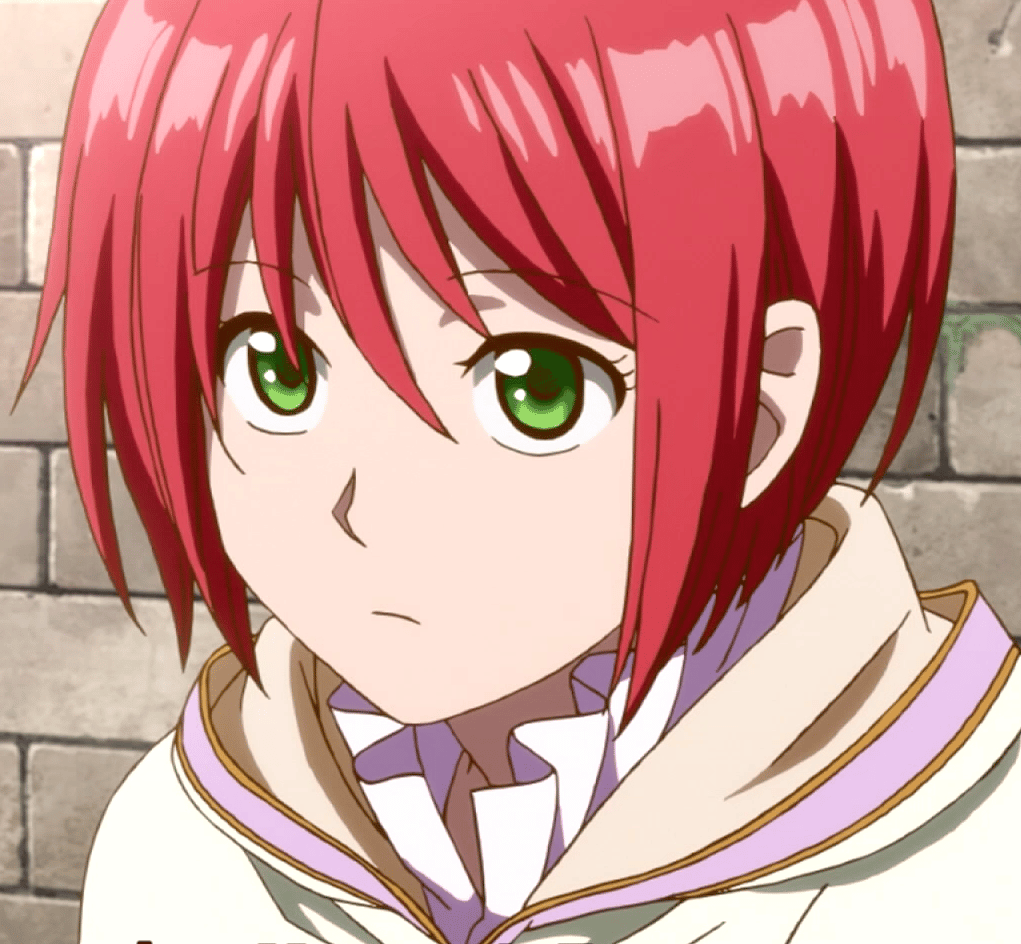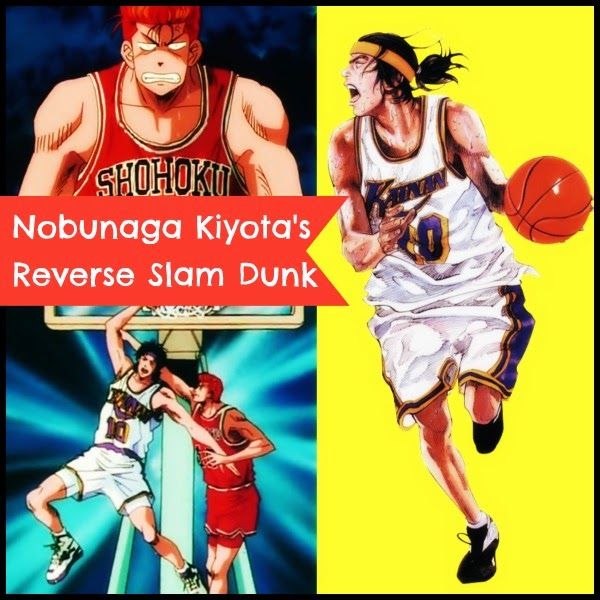How Did Anime Start: The War And The Revival
From the ashes of the failure in the 1920s rose the anime of Pheonix in the 1930s, led by Kenzo Masaoka. Chikara to Onna no Yo no Naka was the first anime synced feature film with pre-recorded voices in 1933.
The following year, in 1934, Masaoka raised the bar even further by masterminding Chagam Ondo in which the world saw the user of cels for the first time in anime.
Creating anime with cels was way better than chalk and board, but it brought its own set of issues. The biggest being money. Since there werent many investors available at that time, artists and studios had to seek help from the government, which in turn allowed the government to spread its propaganda.
Whats The Difference Between Dubbed And Subbed Anime
Anime comes in two formats: Dubbed and subbed. Subbed plays the original Japanese vocal track for the show or movie youre watching with English subtitles. Dubbed, on the other hand, features an English-speaking cast of voice-over actors working from a translated script. There are advantages to both formats.
Subtitled anime, when done right, gives you the most accurate version of the original version, down to the vocal inflection of the Japanese-speaking actors. Dubbed titles offer more of a mixed bag, especially with other series and films. American dubs in the 80s and 90s were often laughably wrong, due to cheap production budgets. Most modern titles have fixed this issue, but youre more likely to see voiceovers that dont sync with the characters mouths in dubbed versions.;
The History Of Manga First Manga
Manga has a very rich and interesting history, but its exact origins at least before the appearance of modern manga arent completely clear.
Current research suggest that early forms of manga appeared as early as the 12th century, with some forms also appearing during the 13th century. Books containing drawings reemerged during the Edo period , with Toba Ehon being a notable example. These books paved the way for the emergence of real manga. The term manga was actually consolidated in 1798, the same year Sant Kyden published his picture book Shiji no yukikai, which is considered to be the first actual manga by some modern historians.
The early 19th century also delivered famous predecessors like Aikawa Minwas;Manga hyakujo; and the celebrated;Hokusai Manga;books , which contained drawings collected from the sketchbooks of the artist Katsushika;Hokusai;, one of Japans foremost visual artists in history.;Rakuten Kitazawa; first used the word manga in the modern sense.
These were all historical predecessors of modern manga, which started to emerge after World War II.
During the years that followed, artists kept innovating and improving the genre, while also creating and defining new subgenres of manga for different audiences; this is how manga are classified even today.
Also Check: How To Not Summon A Demon Lord Anime
History Of Japanese Animation
In the first place, we must mention Katsud Shashin, early anime film from 1907. Moreover, anime fans consider Katsudo Shashin as the oldest piece of anime history. It is a filmstrip.
However, Natsuki Matsumoto discovered Katsud Shashin by accident. Furthermore, this earliest piece of anime history was found in a Kyoto household.
Different from todays anime series, Katsud Shashin;consists of a short series of images. Above all, each cartoon image lasts for three seconds.
As a result, Katsud Shashin depicts a young sailorman. In like manner, this young sailor creates kanji characters. However, the real title of this historic anime film remains unknown.
The First 10 Us Anime Imports In Chronological Order

The vast catalog of anime available for U.S. audiences isn’t new. It began way back in the early 1960s.
The vast amount of Japanese anime available to North American;audiences isn’t a new thing. The truth is, the U.S. has imported this type of animated fare to their shores for decades. As far back as the early 1960s, to be exact.
Most of these programs;premiered in syndication for local and independent channels. The first 10 anime introduced in;the U.S. ran the gamut of genres and prepared viewers for the onslaught of anime that would begin in the 1980s.
Read Also: What Order To Watch The Fate Anime Series
How Did Anime Start Origins Of A Worldwide Phenomenon
Anime has touched just about every person on this planet in one way or another. Irrespective of age, sex, or cultural background Anime has broken all barriers and spread like wildfire. Together, lets go back in time and answer the question how did anime start?
Depending on who you are and where you are from, the word Anime can mean different things. It can conjure up a universe of improbable adventures. Or perhaps an art form. Or an idea of the victory of good over evil or a fight for justice against insurmountable odds.
Brief History Of Anime
Anime dates back to the birth of Japans film industry in the early 1900s and has emerged as one of Japans major cultural forces over the past century.
Much of the work done in these early years was not the cel animation technique that would come to be the dominant production technique, but a host of other methods: chalkboard drawings, painting directly on the film, paper cut-outs, and so on.
One by one, many of the technologies used today were added to Japanese animated productionssound ; the multiplane camera system; and cel animation. But due to the rise of Japanese nationalism and the start of WWII, most of the animated productions created from the 1930s on were not popular entertainments, but instead were either commercially-oriented;or government propaganda of one type or another.
Also Check: How To Draw Anime Beards
Was Katsud Shashin Really The First A History Of Japanese Animation First Anime
Although likewise not completely clear, the history of anime enables us to give a more precise answer when the animation is concerned. This is mostly due to the fact what we probably have incomplete historical data, as some sources have probably been lost or not discovered yet, but what he has seems to be very precise, so we can use it for the basis of our text.
In 2004, a secondhand dealer from Kyoto called art historian Natsuki Matsumoto to check out some old tapes he had obtained. Among the tapes, Matsumoto found a short anime film consisting of just 50 frames, which he then named Katsud Shashin;. Matsumoto dated it to around 1907, which would certainly make it the oldest anime ever produced. The anime simply shows a boy writing the phrase . You can see it for yourselves:
While Matsumoto was sure of his findings, the issue arises because this short movie predates the earliest known Japanese anime movies two unnamed ones and Dekob Shingach: Meian no Shippai;; by at least 10 years, since they were produced around February 1917. This is why Matsumotos discovery caused so much stir among historians.
So, as far as anime is concerned, we have a more precise answer the first anime debuted in 1907, but with a catch. Namely, historians are still not completely sure about the authenticity of that date, because it predates the until 2005 earliest known anime, which were produced in 1917.
One Small Island One Massive Revolution
Weve only recently become aware of just how revolutionary the history of anime and manga is. It continues to defy genres and expectations, reaching new heights as technology advances.
More historians have taken on to cataloging the tumultuous history of anime and manga, and the details theyve revealed are surprising.
Its wild to believe that manga could have existed as far back as the 12th century and could be the reason why we read from right to left today. Theres talk now that anime might have earlier roots than previously thought as well.
With two mediums that have come so far in the last century, it makes you wonder how far it will continue to go. Even if manga came before anime, the two seem to be equal partners now.
You May Like: What Happened To The Fairy Tail Anime
Anime Production 101: How Anime Is Made
Have you ever wondered how anime is made? For most of us, anime production is all smoke and mirrors. The distance between the concept art and the finished masterpiece is the length of a typical 12-week season. Truth be told, unless youre fluent in Japanese, the production process governing Japanese animation is shrouded in mystery. Trying to learn more will lead you down a rabbit hole of terms like key animator, in-between animator, animation director, episode director, art director, and character designer. How anime is made in Japan is very different from how you would think; often times, it is much more of a fluid process than you would expect.
What Is Japanese Anime
The word anime is used in Japan when talking about animation in general. However, in the rest of the world, it has become a word we use when talking about animated shows and movies that come from Japan. Multiple factors make anime unique. Still, even if animation from other countries uses a style similar to anime, we dont call it anime unless its from Japan.
The thing that stood out for most people when discovering anime throughout the past was the way Japanese animators drew the eyes. Anime characters are usually drawn with very large and expressive eyes, which makes it easier to convey emotion through animation. Anime should not be confused with manga, which are Japanese comic books.
You May Like: What Does Anime Mean In English
Which Was The First Anime To Receive A English Dub
With this question and this question both receiving some attention recently, it made me think – which anime was the first to receive a dub?
Some of the first anime available in western countries such as Astro Boy had dubs produced in the 1960’s as stated in the linked wikipedia article, but which show was the original one to have an officially produced English dub?
According to Wikipedia, the earliest anime to air dubbed in English is Tetsujin 28-go , which started airing October 20th, 1963 in Japan on Fuji TV and then the dub started airing in 1964 in the United States on WPIX New York and, according to page 319 of Watching Anime, Reading Manga: 25 Years of Essays and Reviews by Fred Patten, was distributed by Trans-Lux Corporation. Since the English dub was so heavily re-written, 13 of the English episodes were dubbed back into Japanese and aired in Japan from September 1st, 1965 through May, 1966 as if they were a reboot or sequel. It was subsequently broadcast in Australia and New Zealand.
According to Japan’s Agency for Cultural Affairs Manga, Animation, Games, and Media Art Information Bureau’s Japanese Animation Guide: The History of Robot Anime, Tetsujin 28-go is considered “the ancestor of all giant robot anime shows.” The anime was black and white, and a radio drama and a live-action series had been adapted from the manga previously.
The Chief Animation Director

Sometimes the director will appoint a senior animator to oversee the animation for an entire episode, or for the entire series. Like the animation director, the chief animation director is responsible for the quality and consistency of the animation. Often times, the director will assign the character designer to this role.
Read Also: How To Make Anime Eyes
The 1980s: The Golden Age
The 1980s are considered the golden age of anime and saw a huge explosion of genres and interest. Many factors contributed to this, including the introduction of VHS and children who were inspired by Tetsuwan Atom twenty years ago, growing up and becoming nostalgic for their favorite shows.
Mamoru Oshii directed Urusei Yatsura in 1981 for Studio Pierrot, founded just two years later by former animators of Tatsunoko Pro and Mushi Pro. The series based on Rumiko Takahashis manga about a lecherous human, the playful alien he accidentally becomes engaged to, and their friends became a huge hit and introduced the now practically required practice of promoting pop songs via the shows opening and ending sequences.
The sports anime formula was codified in 1983 with Captain Tsubasa by Tsuchida Pro, a show about soccer , teamwork, and friendship. It inspired a generation of soccer players and manga writers and set the standard for anime sports moves of ever-increasing coolness and improbability.
On the left is a Urusei from Urusei Yatsura, and on the right is the cover for Captain Tsubasa.
The biggest news of 1984 was Kaze no Tani no Nausicaä . Produced by Isao Takahata and directed and written by Hayao Miyazaki , it was the first film of what would become the prestigious Studio Ghibli. That same year, Daicon Films was founded in 1984 by a group of university students. Never heard of Daicon? Thats because they changed their name the next year to Gainax.
The History Of Animes Journey To America
Anime;has taken the world by storm. The abundance of shows and films is matched only by how easy it is to watch your favorite anime. But, how did this export from Japan become such a huge phenomenon in America? Which shows and films paved the way for anime to become the empire it is today?
Recommended Reading: Would You Rather Anime Style
The 1960s The First Wave
Anime took off in both Japan and America around the same time. While animated shows had already found some popularity in Japan, the first major hit that made its way to the USA was Osamu Tezukas;Astro Boy . The show premiered in Japan on January 1, 1963. In September of that year, NBC began showing;an English;adaptation of the series that was produced by Fred Ladd.
The success of;Astro Boy led to a surge of anime shows being repurposed for American audiences. Fred Ladd also adapted another of Tezukas works, Kimba the White Lion,;in 1966. Many have cited;Kimba;and its success as a potentially unintended inspiration for Disneys The Lion King.
Another series that Ladd reconfigured for American audiences was;Gigantor .;Gigantor hit American screens only a year after;Astro Boy and found success with younger viewers. Much like Kimba, the adapted anime series inspired the next generation of Western animators and storytellers with fans pointing out that the popular film;The Iron Giant is a clear tribute to;Gigantor.
The final big anime hit of the 60s in America was;Speed Racer in 1967. Producer Peter Fernandez, who had ghost-written American scripts for;Astro Boy and;Gigantor, took over adaptation duties and provided a number of voices for the characters.
Who Created The First Anime Ever
Miyako-Jima is the birthplace of Hekoten Shimokawa, the father of the anime art. Shimokawa, also know as ten Shimokawa, was born on May 2, 1892, in Okinawa Prefecture in Japan.
Consequently, while being an intern of Rakuten Kitazawa, ten Shimokawa became fascinated by manga art. Despite just being 14 years old, Shimokawa learned fast.
For instance, can you imagine how hard it must have been to produce Japans early anime movie in the 19th century? As a matter of fact, even then you needed connections to succeed in the animation industry.
As a matter of fact, fans around the world have Rakuten Kitazawa to thank for helping Shimokawa succeed. Ultimately, it was Kitazawa who introduced Shimokawa with Tennenshoku Katsudou Shashin in 1916.
This has resulted in producers inviting Hekoten to work on first-ever Japans animated film. During his career with Tennenshoku, Shimokawa produced five animations.
Shimokawas most notable early Japanese cartoon art films are
- Magic Boy;,;
- The Adventures of Sinbad
- and;The Little Prince and the Eight-Headed Dragon;.
Even though wildly good at creating anime films, the father of Japanese animation, Shimokawa left Tennenshoku Katsudou Shashin. As a result of his illness, unfortunately, not choice.
You May Like: Is This A Zombie Anime Characters
No Xing Country Or Characters In Fma: 03
Now we’re finally getting to the other country talked about most often in the manga, with little to no representation in the 2003 version. The country of Xing is one where the many sons and daughters of the current Emperor are constantly fighting each other for the throne. Ling Yao is the twelfth son and Mei Chang is the Seventeenth daughter. Their country is constantly on the search for a way to elongate the life of their emperor, and it’s what leads Ling Yao to assimilate with Greed. Just having a competing country makes the world feel so much more realized, so it’s definitely a strike against the original FMA anime
Anime Broke Barriers In The 70s
From October, 1973, to March, 1974, twenty-five episodes of Cutie Honey aired. What was notable about this show was that it featured a female protagonist, the first anime series to do so. The target audience of the series, however, was young men, and the series featured brief nudity as the title character undressed during her transformations from ordinary girl to magical girl. In a nod to Cutie Honey, it is now commonplace for female characters to shed their clothing during transformation scene. Cutie Honey is an android with the ability to create precious jewels at will. She is pursued by an evil villain, out to exploit her riches, and Cutie Honey hides from him by transforming herself into one of seven alter-egos, each with the ability to defend herself. In the 1970s, a time when the rallying cry of womens equality was in the forefront, it is not surprising that we see a lead character who embodies the spirit of gender equality.
Speed Racer
Recommended Reading: How To Draw Anime Weapons



